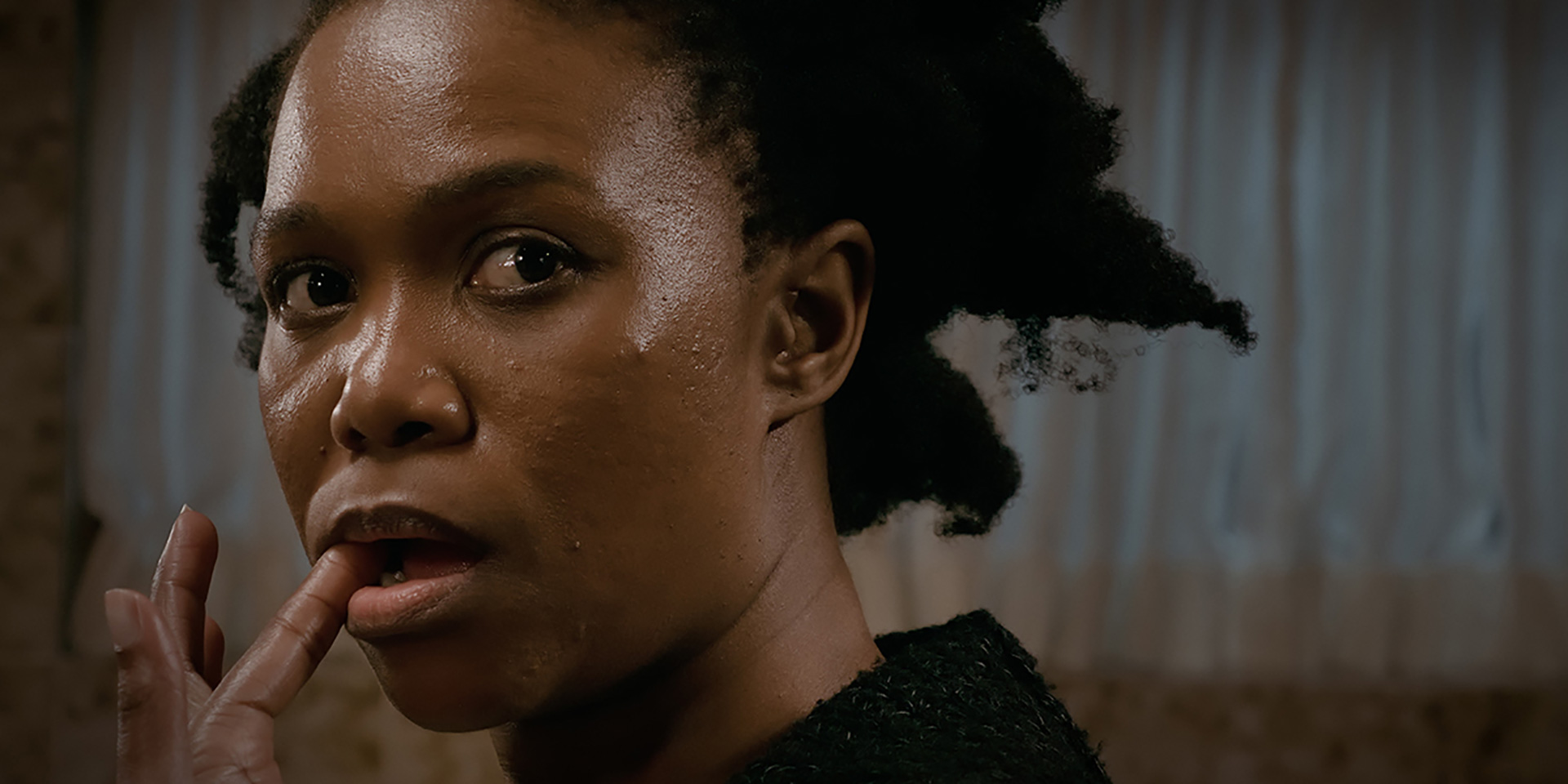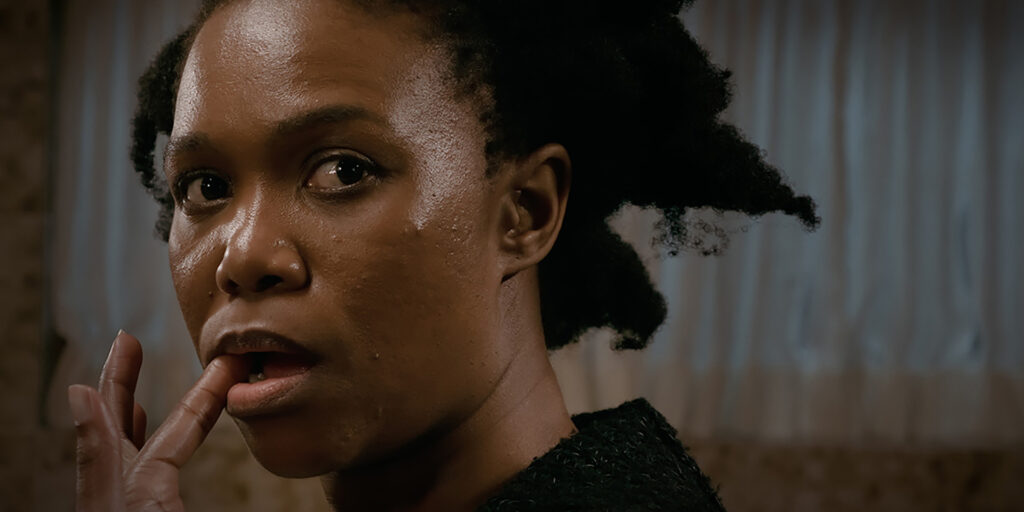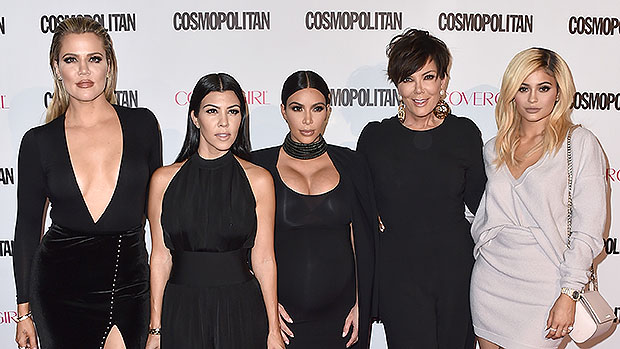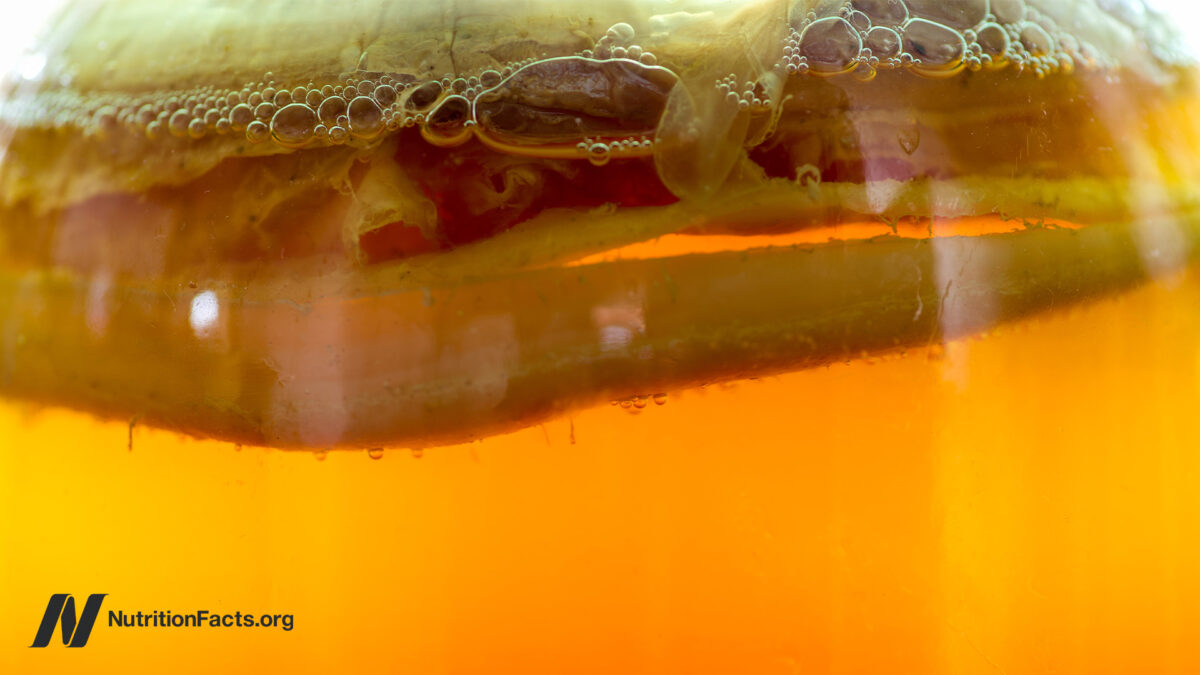Pick of the Day: “Good Madam”
“So we should pretend not to be here even though we are?” This is what young Winnie (Kamvalethu Jonas Raziya) asks her mother, Tsidi (Chumisa Cosa), when she moves into her grandmother’s home. Actually, the house in question belongs...

“So we should pretend not to be here even though we are?” This is what young Winnie (Kamvalethu Jonas Raziya) asks her mother, Tsidi (Chumisa Cosa), when she moves into her grandmother’s home. Actually, the house in question belongs to Madam (Jennifer Boraine), who has employed grandma Mavis (Nosipho Mtebe) as a domestic worker since Tsidi was a child. This is where Mavis has lived for most her adult life, yet she’s expected to behave like a guest. So are her daughter and granddaughter.
This is the central premise of “Good Madam” (“Mlungu Wam”), the new horror pic from white South African writer-director Jenna Cato Bass. But the fact that the story is set in the suburbs of Cape Town, and that Tsidi and her family are Black while Madam is white, means that the ghosts of apartheid haunt every frame, every word of the film. In South Africa’s past and, to an extent, its present, people like Tsidi, Winnie, and Mavis are expected to pretend that their homeland, the land of their ancestors, does not belong to them, but to people like Madam. It’s uncomfortable enough being in a place when you know you’re not welcome — just imagine if the place had been stolen from you.
Tsidi is well aware of her country’s legacy of racism and colonialism, and brings that knowledge along with the rest of her baggage when she moves into the bedridden Madam’s home. She’s also packed the resentment she has long harbored against her mother. Mavis has spent her life devoted to her white employer — her oppressor, in Tsidi’s opinion — forsaking time with her own children to do so. Mavis wishes her daughter would leave the past in the past and stop making trouble. Winnie, meanwhile, is just excited to be staying in such a big, fancy house, much to Tsidi’s chagrin.
On top of all this family tension — which includes Tsidi’s unspoken suggestion that her mother is complicit in the legacy of apartheid — is the fact that something weird is happening in Madam’s house. Tsidi is sure she saw Madam’s dog wandering around, even though he died years ago. Mavis seems compelled to clean and cook at all hours, as if she her body is on autopilot. And, although she is essentially catatonic, Madam’s presence is felt in every room. Lingering shots on the furniture and fixtures — the buzzer, the couch, the traditional African tribal art — ratchet up the suspense, underlining how alienating and chilling the house is for Tsidi.
Described by Bass as “a literal exorcism of [South Africa]’s trauma,” the racial and class politics of “Good Madam” are also sure to resonate with American audiences. From the way a white jogger suspiciously looks at Tsidi when she arrives in the suburbs to the complex relationship a domestic worker of color sometimes has with her employers — in which they’re fond of each other, but the difference in status is palpable — to the role white supremacy has played in denying women of color bodily autonomy, this film is my favorite kind of horror flick: Its social commentary is just as frightening as its jump scares. And I guarantee the former will stay with you longer.
“Good Madam” is now available on Shudder. Bass and Babalwa Baartman share screenwriting credits with the cast.

 Konoly
Konoly 
































